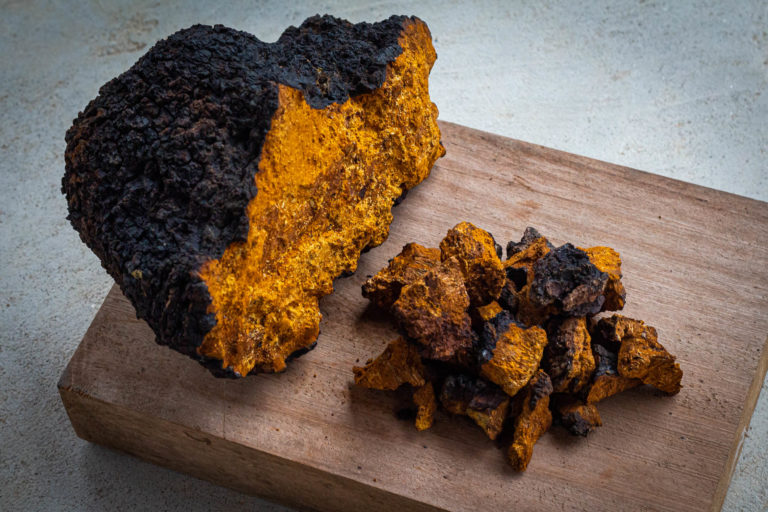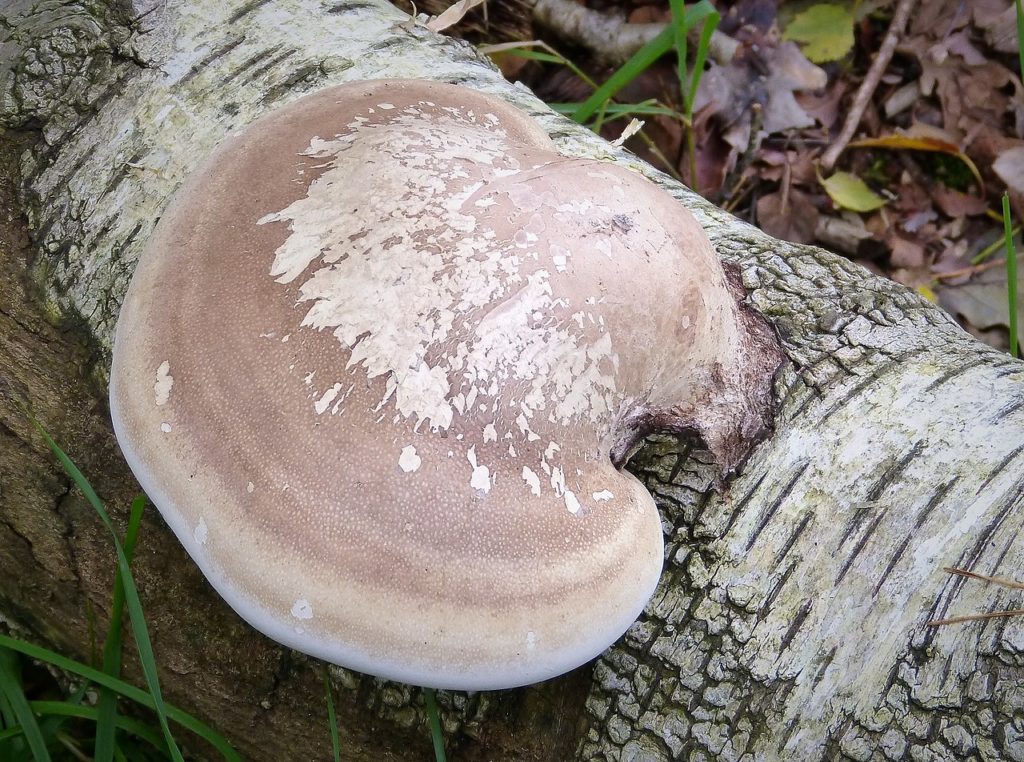Winter Foraging 101: Foraging Wild Mushrooms
Wild mushrooms can be foraged during the winter in many places across the US. Some of the most common are tough, woody species like:
Turkey Tail (Trametes versicolor)
Reishi (Ganoderma sp)
Birch Polypore (Fomitopsis betulina)
Chaga (Inonotus obliquus)
These winter mushrooms usually finish their year’s growth in the fall and can be harvested all winter long.



Winter Mushroom Foraging: Wild Enoki
The wild form of Enoki (Flammulina velutipes) loves to grow in wet, damp winter weather – its wild form is quite different from the way it is encouraged to look in cultivation, so be sure you can identify it and tell it apart from potentially deadly look-alikes, like the toxic Galerina, that also fruit in the same places and at the same time of the year. This is a good mushroom to always spore print.

Winter Oyster Mushroom
A less intimidating mushroom for those getting started in mushroom hunting is the delicious Winter Oyster (Pleurotus ostreatus). The winter oysters are often a little more brown or darker grey on top than their summer counterparts – even when the mushrooms come from the exact same mycelium but at different times of the year. Lots of people like the winter form of the oysters better because they tend to be a little more meaty and are less likely to have gnat larvae in them.

Cold Weather Mushrooms
Pheasant Back (Cerioporus squamosus) mushrooms sometimes appear during late winter thaws and Elm Oysters (Hypsizygus ulmarius) sometimes fruit as well – something like an apple picking tool or a throwing stick might help you harvest these – which tend to grow beyond the reach of most typical foraging tools.


More Winter Mushroom Foraging
You should also make a note of the location of any Chicken of the Woods (Laetiporus sulphureus) or Hen of the Woods (Grifola frondosa) mushrooms you find in winter – although they will be long past their prime, and the chicken of the woods especially will most likely be faded to chalky white, there is a very good chance there will be mushrooms again in the same spot next season.
Last, but certainly not least, is the Lion’s Mane (Hericium erinaceus) mushroom. This mushroom enjoys cooler weather and is sometimes seen during warm, wet spells in mid-winter. It is an excellent choice edible and sometimes can be a big haul!
